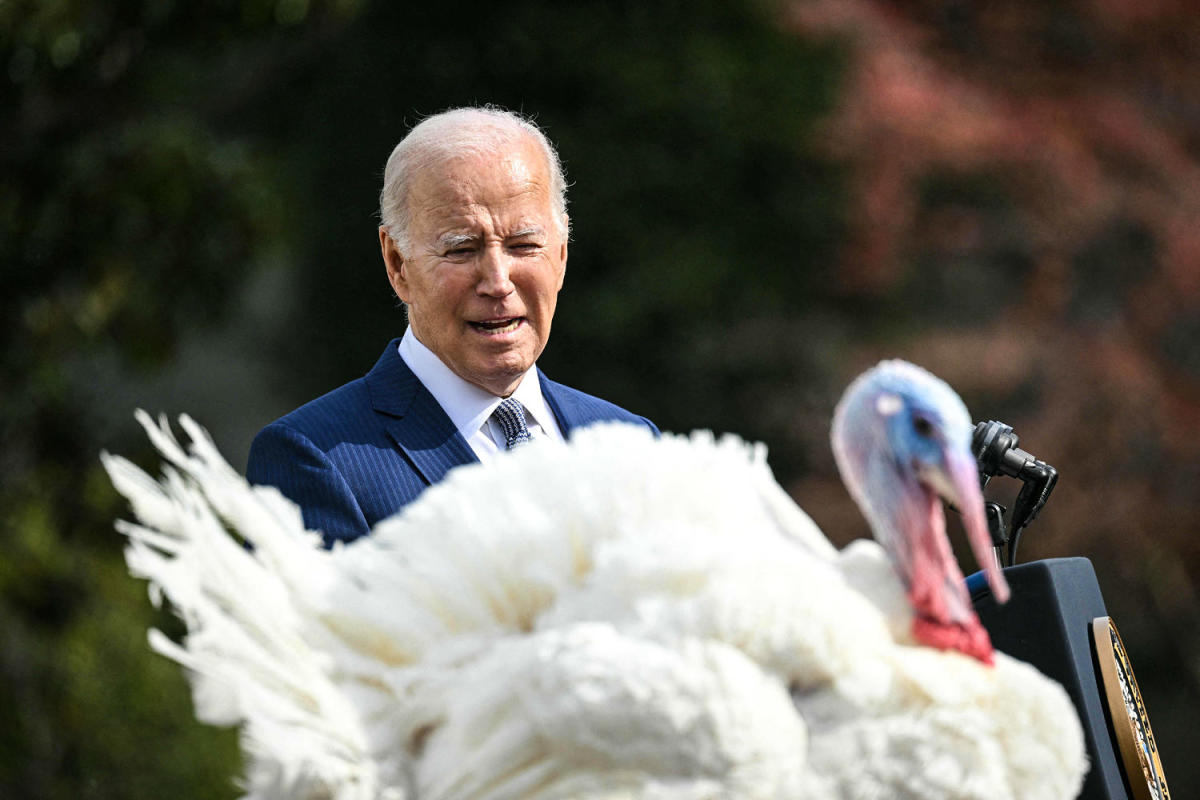The results of the 2024 presidential election cement a trend in American politics: Polls cannot accurately gauge support for Donald Trump. In the 2016, 2020 and now 2024 elections, polls consistently underestimated Trump’s support by an average of 2.3 percentage points.
While that average polling error is within the standard margin of error for most polls – typically plus or minus 3 percentage points – the real explanation is not that simple.
The margin of error accounts for random sampling variability, meaning any individual polling result could theoretically deviate by 3 percentage points, with 95% of results expected to fall within that plus-or-minus-3-point range.
However, the systematic underestimation of Trump’s support across three consecutive election cycles suggests a deeper issue, such as sampling biases or other methodological shortcomings, rather than mere random error.
The polls were much better at estimating support for the Democratic candidates in all three presidential election cycles. The average Democratic polling error is 0.4 percentage points, and the change from year to year resembles the random error you would expect to see in polling – random fluctuations around zero.
Some Democrats’ surprised reactions to the 2024 presidential election results reveal another layer to this story – the role of the contemporary media landscape, echo chambers and individualized social media feeds in shaping public perception and amplifying the surprise when expectations clash with reality.
Trump repeatedly outperforms the polls
Trump won the 2016 presidential election as a massive underdog. The polls leading up to the election were clear. On average, Hillary Clinton led in the national polls by 3.9 percentage points, and she had anywhere from a 71.4% to a 98.2% chance of winning the Electoral College. She ended up winning the popular vote by just 2.1 percentage points and losing the Electoral College.
From a historic perspective, the polls weren’t that far off in 2016. From 1968 to 2012, the average polling error in the national popular vote was 2 percentage points. That would make 2016 an average year for presidential polling.
The worst polling error came in 1980 when polls underestimated Republican candidate Ronald Reagan’s margin by 7.2 percentage points. The key difference between 1980 and 2016, however, is that the polls in 1980 were not directionally wrong about the election outcome: Reagan was projected to win, and he won.
In 2020, the polling error was much worse than in 2016. The FiveThirtyEight polling average predicted Joe Biden would win by 8.4 percentage points. Instead, he won by just 4.4 percentage points. The polling error in 2020 was nearly twice as large as the polling error in 2016, but the results were still in alignment with the actual election outcome: Biden won.
Consecutive polling errors in the same direction – underestimating Trump’s support – led to serious introspection within the polling community following the 2020 election. A report commissioned by the American Association for Public Opinion Research found that in 2016 and 2020, Republicans and independents were less likely to respond to surveys than Democrats, and the ones who did answer were less likely to support Trump than those who refused.
As such, the solution to the problem was not clear. Between 2020 and 2024, a greater number of pollsters tried different ways to recruit participants in an attempt to poll these hard-to-reach individuals. Despite the changes, polls still underestimated Trump’s margin of victory in 2024. The polls aggregated by RealClearPolitics, FiveThirtyEight and Nate Silver’s Silver Bulletin underestimated Trump’s margin of victory at the national level and across all seven swing states.
eg: The numbers for Nevada are off in the chart below. (If the first two columns are correct, then the “Miss” column should read: 3.2, 3.5, 3.2).
The magnitude of the polling error in 2024 falls somewhere between the polling errors in 2016 and 2020. RealClearPolitics was off by 3.1 percentage points, while FiveThirtyEight was off by 4.2 percentage points. Polling errors were smaller in the swing states, ranging from 0.9 percentage points in Georgia to 3.3 percentage points in Arizona.
Media coverage, echo chambers and poll blame
While some technical aspects certainly plague polling, individual media use shaped people’s expectations and responses to the results.
Today’s fragmented media environment with widespread options has created niche audiences, making it easier than ever for people to find political content that matches with their views and preferences. This trend predates Trump, but it increased markedly in the 2020 and 2024 election seasons, with people of different political affiliations placing their trust in different media outlets.
For consumers, it’s easy to accept a perception of reality created by their preferred media outlets. Then they can choose to ignore, willfully or ignorantly, information beyond their echo chambers, especially during election periods. In turn, this divided media use created different perceptions of current events and issues along party lines. For example, beliefs about COVID-19 and its origin varied for people consuming liberal versus conservative media.
These filter bubbles are expanding: In the 2016 election season, 35% of people between the ages of 18 and 29 found social media information about the election helpful. In 2024, that proportion had risen to 46% of that age group. As algorithms learn users’ preferences, the platforms present more content that matches and less that does not, strengthening the bubble while also making it harder to see what’s beyond its limits.
For the next cycle of polling and voting, it’s useful to remember that recent years’ polls have consistently skewed toward Democratic candidates, so they’re likely to do so again. Also, polls can provide some insight into potential outcomes, but they are merely predictions, not facts. And different media diets result in different political views, dividing people’s perceptions of reality.

 German (DE)
German (DE)  English (US)
English (US)  Spanish (ES)
Spanish (ES)  French (FR)
French (FR)  Hindi (IN)
Hindi (IN)  Italian (IT)
Italian (IT)  Russian (RU)
Russian (RU)  4 hours ago
4 hours ago
























Comments